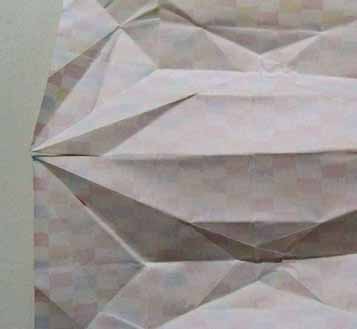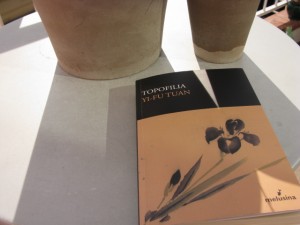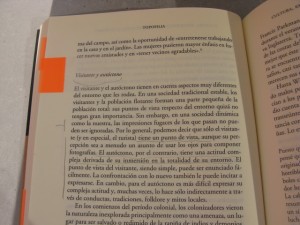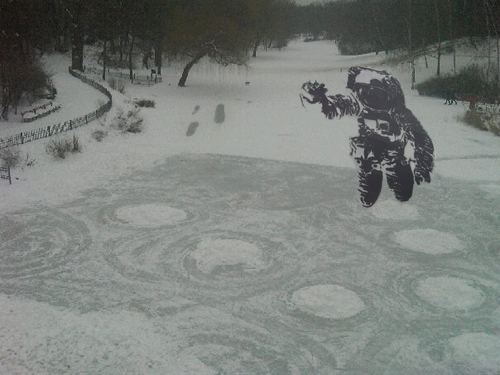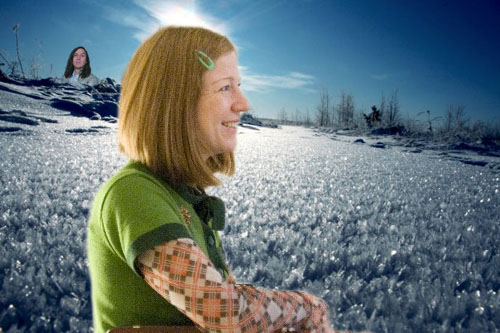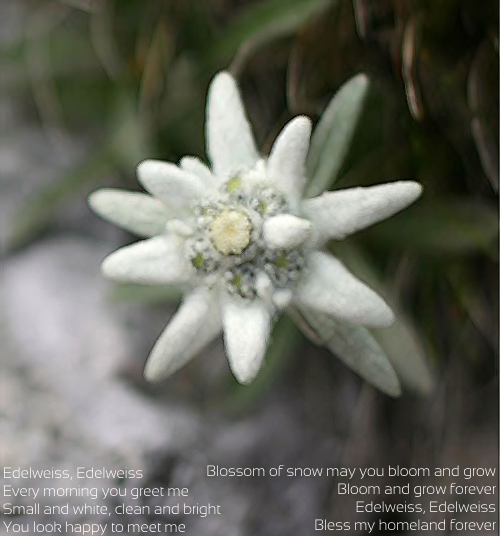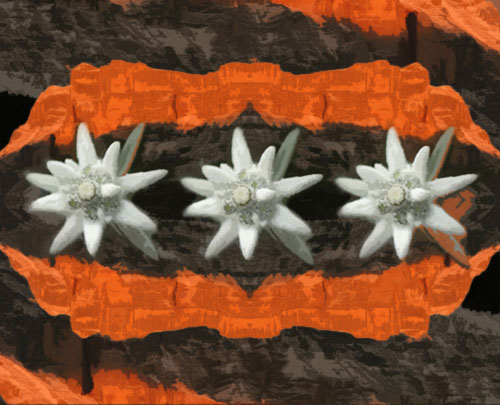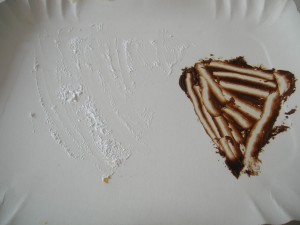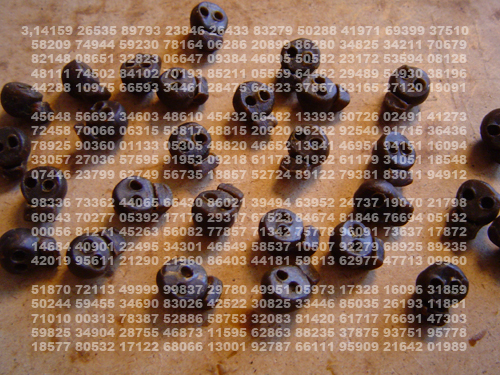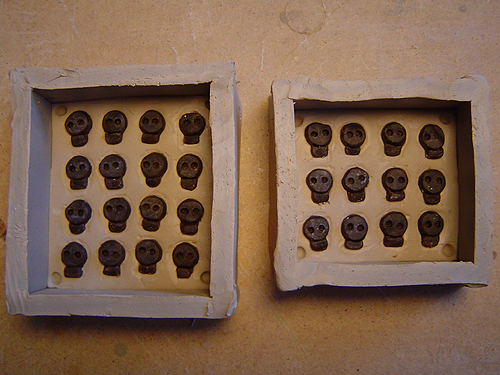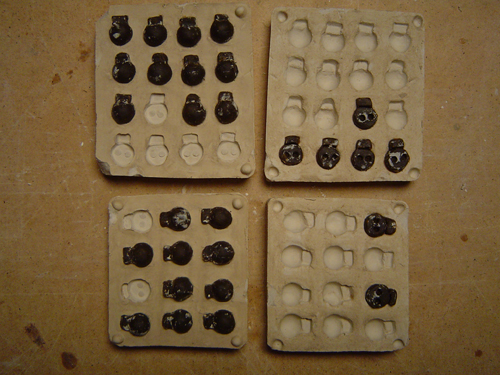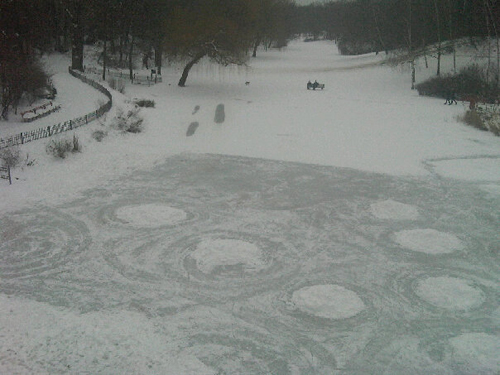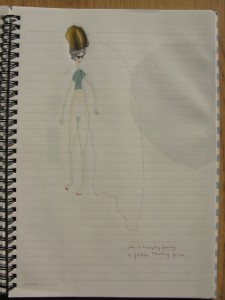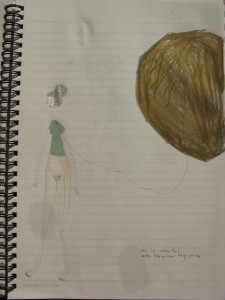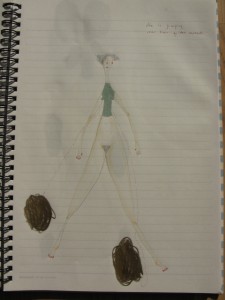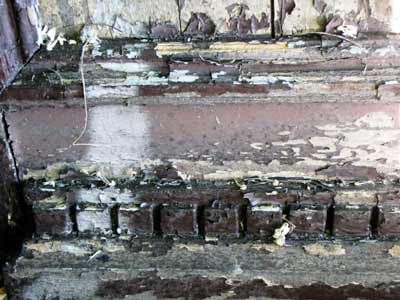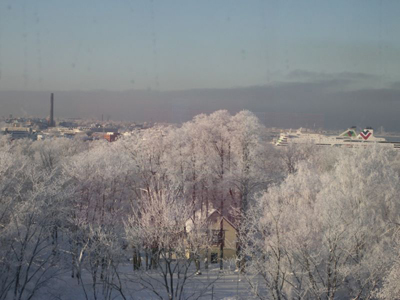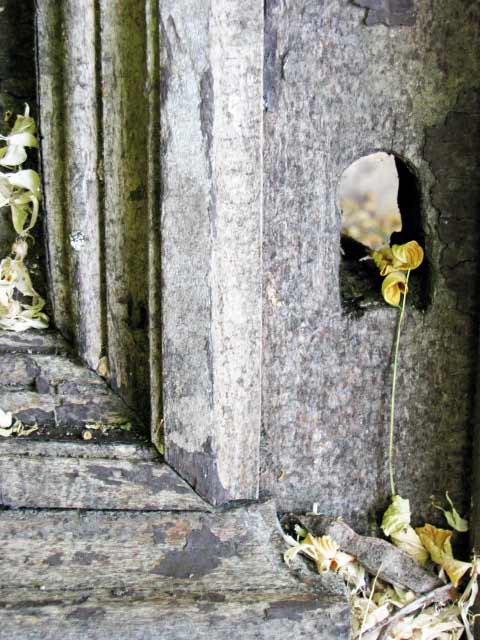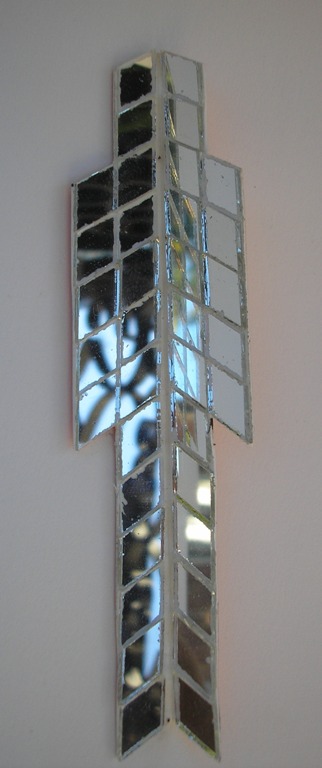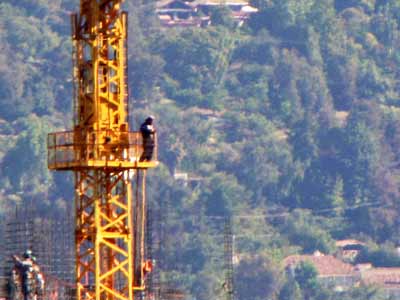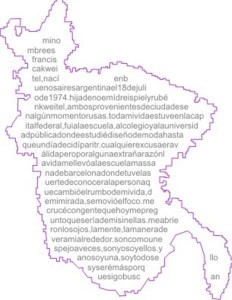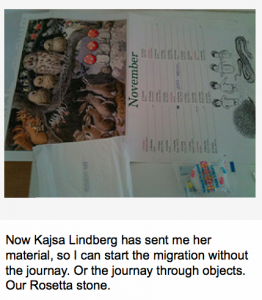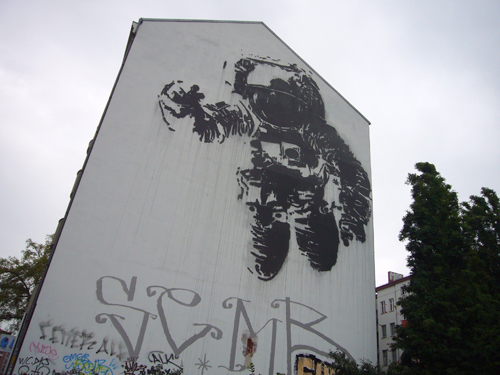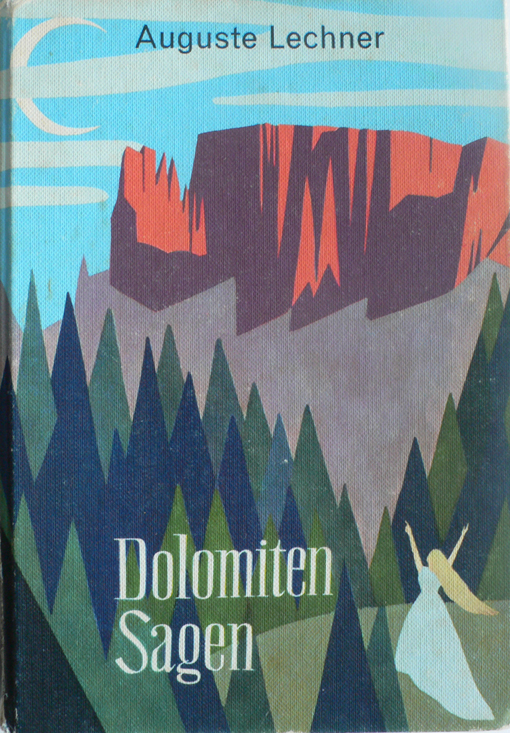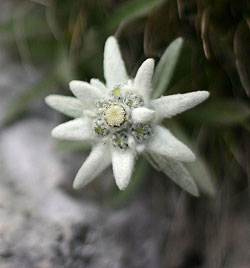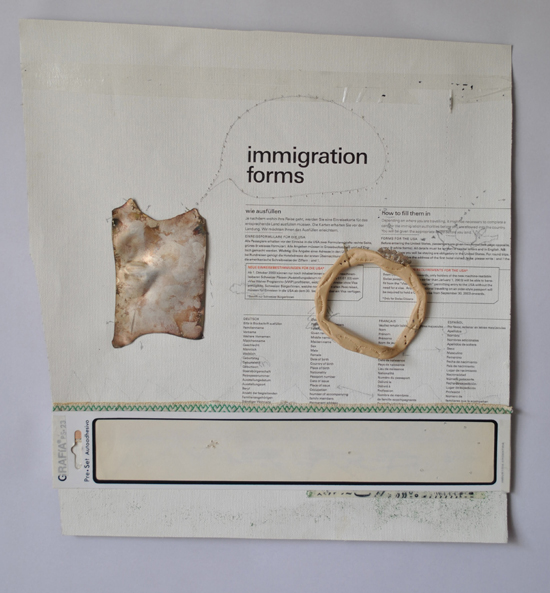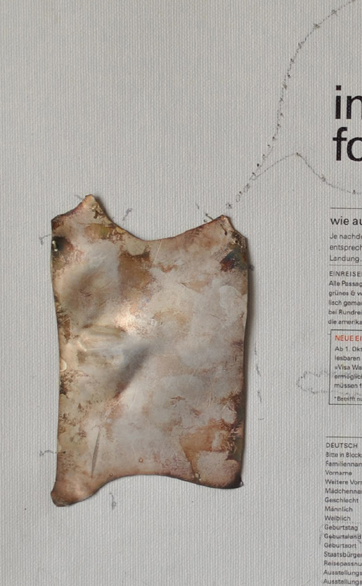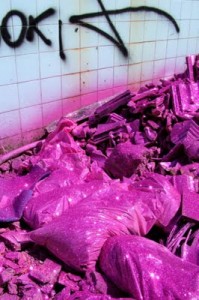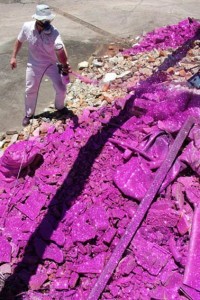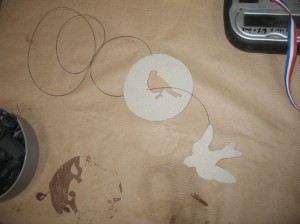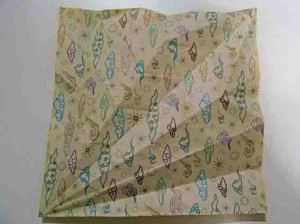
|
|
|
|
Hola Peter Otra vez después de una larga secuencia de correos para concretar Conozco a Jorge Manilla porque estuvimos en la misma escuela pero en diferente tiempo (EDA), platicamos ahí algunas veces y fue muy agradable. El trabajo en la estación del Metro fue realmente una buena experiencia con el Maestro Guillermo Ceniceros de quien aprendí mucho sobre el oficio de la pintura. Lleno de emociones como subir con la charola de los colores (similar a la que Siqueiros hacia para pintar con acrílicos) arriba en la torre de metal al lugar donde pintar, también la relación con el y los compañeros de trabajo. Tú tienes razón cuando dices que son imágenes muy familiares para mí, especialmente la de la Biblioteca Central porque trabajo en la UNAM. Paso junto a ella casi todos los días, y lo que me gusta mucho de este espacio es que esta construido sobre piedra volcánica emanada del volcán Xitli cerca de ahí. Toda la Ciudad de México esta llena de montañas volcánicas que emergieron hace mucho tiempo. Creo que fue muy acertado de Juan O’ gorman usar piedras naturales de diferentes colores colectadas alrededor del país para darle la forma al mural, también porque los colores así no cambian. El único color difícil de conseguir como piedra fue el azul y utilizo cristal coloreado azul, muy práctico construir bloque de 1 m x 1 m para cubrir las cuatro paredes ,4000m2 de todo el edifico Lo que me agrada mucho de O ‘gorman es esa loca pasión para hacer lo que sentía, obteniendo resultados muy acertados en todas las disciplinas que desarrollo. Un artista con mucha intuición. Peter me despido para pronto volverte a escribirte y completar algunas ideas. Cuídate Hi Peter. Again before a long sequence of concreting posts I know Jorge Manilla because we where in the same school but at different time, (EDA) we talk a few times there and it was very pleasant. The work on the metro station was a real good experience with the Master Guillermo Ceniceros from which I learn a lot about the craft of paint. Plenty of emotions like to climb with the colors on a dish (similar to the one Siqueiros made also to paint with acrylics) up on the metal tower getting at the place to paint, besides the relationship with him and with all the partners at work. You have the reason when you said are images very familiar to me, specially the one of the Central Library, because I work in UNAM, I pass near there almost every day, and what I like a lot of all this space is that was build upon the volcanic stone emanate from the Xitli volcano near there . All Mexico City is full of volcanic mountains that emerge up fare away one the time. I think it was very right of O’Gorman to use natural stones of different colors, collected around the Country to give the shape of the mural, also in this case the color don’t suffer any change. The only difficult color to find as stone was the blue and he use blue colored glass, very practical to cover the 4 walls with squares of 1m x 1m, 4000 m2 to fill all the building. What I like a lot of O’Gorman is the crazy passion to do what he feels, getting very right results in every subject he takes. He was an artist with a lot of intuition. Peter see you, and soon I´ll write to complete some ideas. Take care Hubo una era (difícil hoy de imaginar para algunos) en la que los judíos, cristianos y musulmanes vivieron en relativa paz por casi mil años en Iberia. (Hiram) Y luego ellos migraron … 1492 …. No tengo lugar Con mis dedos hago fuego Nací en Alamo Nací en Alamo There was an era ( for some difficult to imagine today ) in which Jews, Christians and Muslims lived in relative peace for almost a thousand years in Iberia. And then they migrated … 1492 …. I have no place With my fingers I make fire I was born in Alamo I was born in Alamo
visitor and native.The visitor and the native takes into account many different aspects of the environment around them. In a traditional stable society , visitors and the foating population are a small part of the total population: their views on the environment may not have great importance. However, in a dynamic society such as ours, fleeting impressions of those who pass can not be ignored. Usually we say that only the visitor (and especially the tourist) has a point of view, although their perception is often a matter of using his eyes to compose pictures. The native, by contrast, has a complex attitude derived from the total immersion environment. The visitor’s standpoint, being simple, can be set easily. The confrontation with the new can also induce expression. But for the indigenous is more difficult to expresshis complex attitude and often does so only indirectly through behaviors, traditions, folklore and local myths.…I’ve been spending some time reading and listening to people trying to share thoughts, think structures, constructions to shelter meaning… Around 1960, Yi-Fu Tuan invented a word to represent or to name the attachment to a place: TOPOPHILIA. I don’t know if we can still take this labor-thought effort and use it to cover our current reality… After the disappointment of tourism taken as one of the fine arts, and the global blowing up the idea of distance into thousand digital pieces, who can still strictly say that his/her identity feeds on the condition of belonging to a land-place without carrying in his/her pockets sand from foreign landscapes? Those crossing borders, where they keep the magic amulet giving the unexplored place under their feets the quality of being a passable place? Or then, those crossing borders they lose this need to belong to the place where they are?
Querida Jantje, yo no se a donde estamos yendo juntos, pero estoy muy contento de estar yendo allí!
Una sonrisa dolomita :: A dolomite smile En los Dolomitas en las regiones de Trentino-Alto, Adigio y el Véneto se habla el Ladino, Es una lengua retorrománica. De esa zona es Pier Paolo Pasolini conocido novelista, cineasta, dramaturgo y ensayista italiano que también escribía poesía. Su poema – Muerte -comienza así: Vuelvo a ti, como vuelve un emigrado a su país y lo redescubre: he hecho fortuna (en el intelecto) y soy feliz… Pero también se le dice Ladino a la lengua que fue y es hablada por los sefardíes, judíos expulsados de España a raíz del Edicto de la Alhambra decretado en 1492 por los Reyes Católicos. El mismo año en que los españoles se encontraron por casualidad con América, este grande, hermoso y mágico continente. …1492….Año de gran importancia, año crucial para el mestizaje y el cambio en las formas de ver y conocer el mundo de los habitantes originales. Nuestra herencia. La migración es nostalgia…Nostalgia de la identidad lejana… Buscando, encontré en Ladino sefardí, dos videos encantadores y los pongo para su disfrute… Es la migración de las lenguas… De La Distancia :: From the Distance
In the Dolomite regions of Trentino-Alto, Adigio and the Veneto, a Romansh language called Ladino is spoken. From that area is Pier Paolo Pasolini a known Italian novelist, filmmaker, playwrighter and essayist who also wrote poetry. His poem – Death – begins: I return to you, as an emigrant return to his country and rediscover it: I made a fortune (the intellectual one) and I’m happy … But it is also known as Ladino the language which was, and is spoken by the Sephardic Jews expelled from Spain following the Edict of the Alambra, decreed by the Catholic Monarchs in 1492. The same year that the Spanish discovered by chance America, this big, beautiful and magical continent. … 1492 ….Year of great importance, crucial year for the mestization and changing ways of seeing and knowing the world of the original inhabitants. Our heritage. Migration is nostalgia …Nostalgia of the remote identity.. Searching, I found in Ladino Sephardic two charming videos and I put them for your enjoyment … Is migration of the languages … marcando territorios (entre mi marido y yo)
Hi Leonor, I was moved yesterday by something unexpected, it wasn’t a pleasant experience to be sure, but it allowed me to connect in a compassionate way with a creature that I had overlooked and perhaps been ambivalent towards previously. On my way home from the studio, I saw an injured bird struggling to fly from the street. I was confused at first as to what I was seeing as a tormenting onlooker was cheering for the bird to be hit by passing cars… really sick. I will spare you the details, but will say that the bird did lift off and fly before the next car passed. It was an injured pigeon… It made me reflect on the cruelty of some, the lack of compassion and sensitivity towards other living creatures… and especially the common disregard for pigeons specifically, which are considered somewhat of a public nuisance to many in the city. Whatever people’s feelings about pigeons, I have no tolerance for cruelty to any animals.. and I began reflecting on these creatures and their significance in the world – which unexpectedly re-connected me to our project.. Homing pigeons as messenger birds were among the earliest forms of long distance communication, carrying messages thousands of years ago (before blogging) as far back as the Egyptian period… they have an internal map and compass that allows them to be incredible and intuitive navigators. They’ve carried messages back and forth in different lands and cultures for millennia… they were the first system of post/mail even. As we pass images, ideas and notes back and forth over this blog, it made me reflect on this bird as a symbol, as a carrier of messages that travel and migrate… Below are a few images of early carrier pigeons. These birds were even fitted with cameras by a German apothecary who sent medicines and prescriptions back and forth 100 years ago… 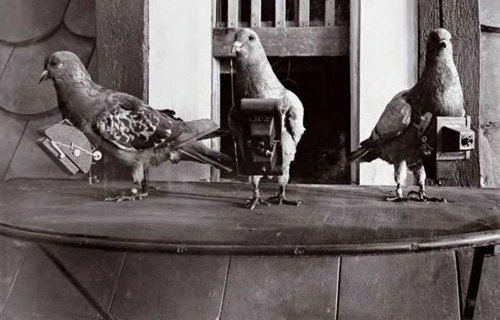 Homing pigeons fitted with cameras, c.1903 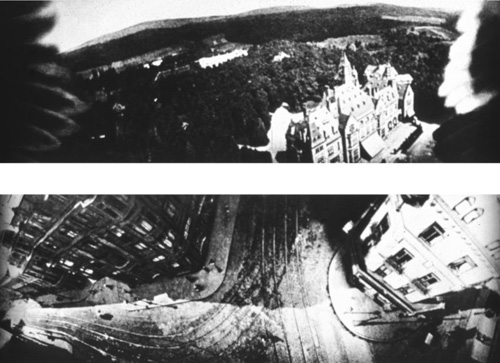 Aerial views from their wingtips... Here is an old engraving of Messenger Pigeons… notice the note tied around the ankle 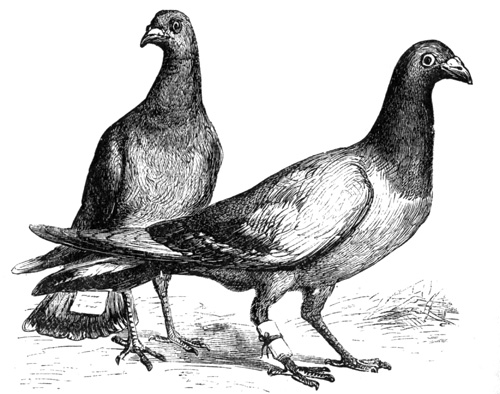 Messenger Pigeons (Harper's Engraving) 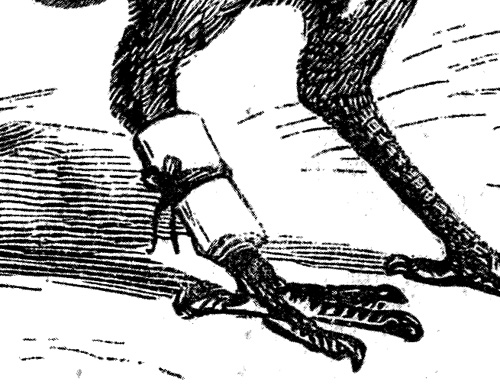 Detail of a note, a message So I want to play with this idea, of the note or a message, tied to the wrist or to the ankle like a bracelet or adornment perhaps. I’m also interested in engaging ideas of flight, communication, distance and migration.. am experimenting in the studio with found objects, and other materials.. send me a post : ) -Miguel
. . . these drawings are from few weeks ago… I was triyng to explore in a almost cartoon-superheroe way how messy the valuable can be…
My dear Luzia, How are you? I wonder how are you going on with this project. I am experimenting and dealing with the pressure. Soooo sunny here! A few weeks ago I met a boy who’s into origami and he turned a piece of paper into a rat and then back to the piece of paper that was then a diagram. He told me it was from the unfolded paper that he once found his way into the rat. Apparently it is a common exercise for the origami makers to do the reverse way and find out what is it. I am happy that this is a Japanese tradition that maybe can link to your experience. It got me thinking about a reverse mode. At the same time I thought that the diagram didn’t have to be a rat, did it? Then I started making my own diagrams as if I could reverse what they had to be. I don’t like the have to be and I don’t like to plan too much because many things can happen and they don’t depend on us. It happens all the time when I travel and the unfolding many times surprises me and is even better than the plan. At the same time, the unfolded paper with marked lines send me straight to the palm of my hand. I think of it as unfolding life. So now I am into cutting and folding paper and cloth. I am having problems with uploading pictures and will try to solve them soon. Take care, Thelma Hi Chequita, I hope new year has started with lots of good surprises and high energy for you! Thank you very much for sharing the talisman pictures with me. They are really interesting. I am glad you liked the idea of dealing with symbols for WGA. Lets continue with it. I do not have a clear picture how to translate it into jewellery jet. I think it is very natural that both of us will find something different from this wide theme. I am looking forward what will comes out with your inspiration towards Arabic symbols. I will come soon back with my ideas. And yes, 5th Tallinn Applied Art Triennials seminar and major event are over since mid November, but the exhibition is still on until the end of February. We have an extreme winter here, since Christmas half a meter of snow and temperature varying from -10 to -25. Yesterday was again -23 day and today -20 with heavy wind.
……more construction for our construction! 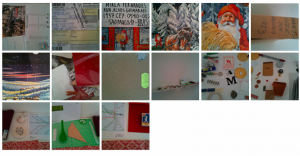 kajsa
to see more: http://www.flickr.com/photos/mirlaf/sets/72157623297121374/ The Popocatepetl looks very beautiful! Wow! Here as well an old legend exits about the Dolomites. It is a love story between princes from moon and a prince from earth. The bright light on the moon makes it impossible for the prince from earth to stay. But on the other hand the dark nights on earth are depressive for the princes from moon. In the end the problem is solved because people spin moonlight around the Dolomites. That is why the Dolomites always white on the top. The flower Edelweiss is actually a flower from moon! The princes gave it as a present to the people.
Photo from internet Dear Samantha, You would like to use steel? Stainless steel? Why not using silver? It’s easier to solder. But steel is also possible to give shape with a hamer, polishing (you like it shiny) and fixing the two half balls together. Please ask your questions, we can also having a chat tonight at facebook if that is easier. Dear Samantha, The postman ring at my door… He says this must be a very precious object in this small red box… And yes, indeed! It’s very emotional to receive your homeflower. It is so beautiful that I would like to stop with the making of jewellery , because nature is much more beautiful than things I can make… I will give it a good place in my home, and every time I look at it thinking of you and our contact during this project. Words are not enough. “Formulario” Estoy aprendiendo a reconocer que mi lugar es un no lugar, y que la palabra hogar será la que yo construya con mis preguntas, que al final es sólo una: ¿Quién soy?
Hi Terhi! I’m learning to recognize that my place is nowhere,
Hi dear artists into this project, |
|
|
Copyright © 2024 Otro Diseño | RSS |
|
